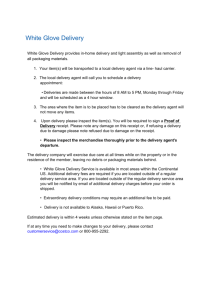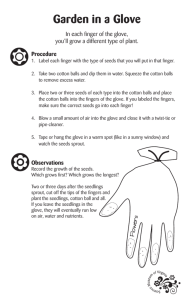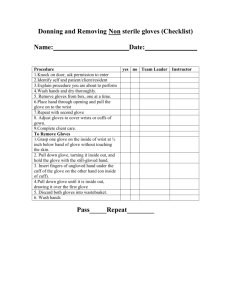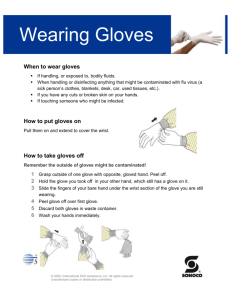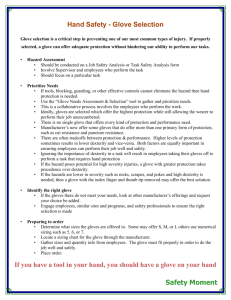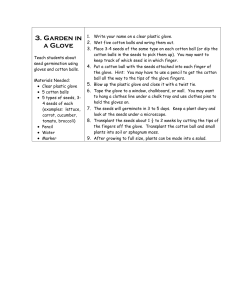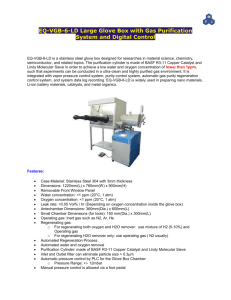Thermoregulation Lab: Surface Area & Cooling Rate
advertisement
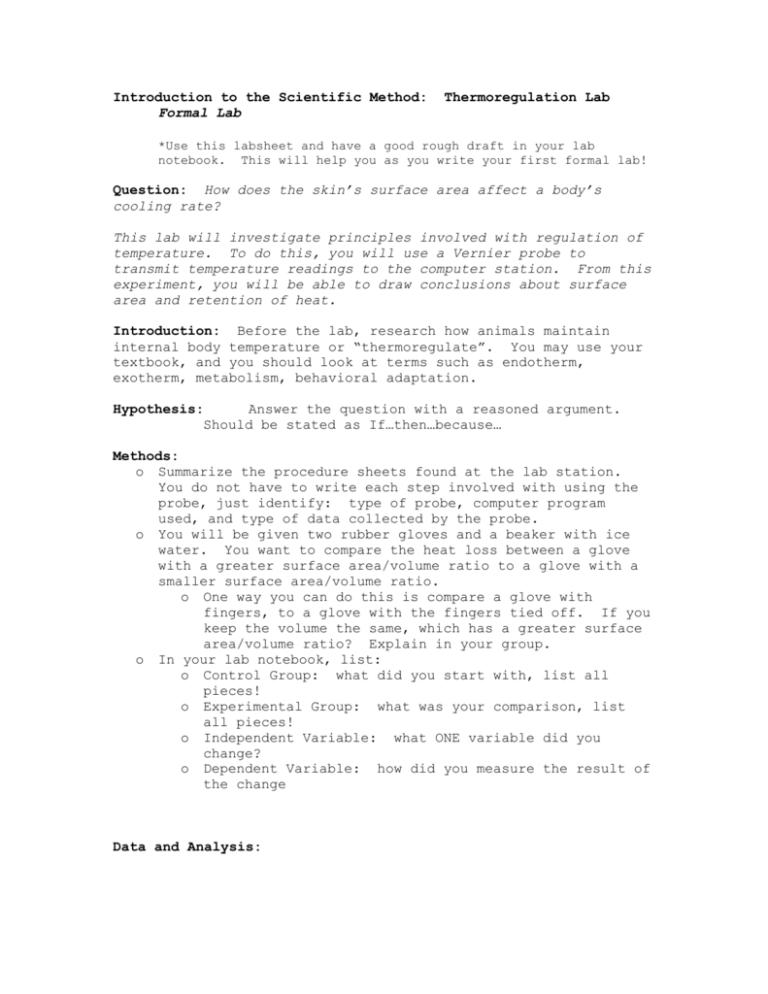
Introduction to the Scientific Method: Formal Lab Thermoregulation Lab *Use this labsheet and have a good rough draft in your lab notebook. This will help you as you write your first formal lab! Question: How does the skin’s surface area affect a body’s cooling rate? This lab will investigate principles involved with regulation of temperature. To do this, you will use a Vernier probe to transmit temperature readings to the computer station. From this experiment, you will be able to draw conclusions about surface area and retention of heat. Introduction: Before the lab, research how animals maintain internal body temperature or “thermoregulate”. You may use your textbook, and you should look at terms such as endotherm, exotherm, metabolism, behavioral adaptation. Hypothesis: Answer the question with a reasoned argument. Should be stated as If…then…because… Methods: o Summarize the procedure sheets found at the lab station. You do not have to write each step involved with using the probe, just identify: type of probe, computer program used, and type of data collected by the probe. o You will be given two rubber gloves and a beaker with ice water. You want to compare the heat loss between a glove with a greater surface area/volume ratio to a glove with a smaller surface area/volume ratio. o One way you can do this is compare a glove with fingers, to a glove with the fingers tied off. If you keep the volume the same, which has a greater surface area/volume ratio? Explain in your group. o In your lab notebook, list: o Control Group: what did you start with, list all pieces! o Experimental Group: what was your comparison, list all pieces! o Independent Variable: what ONE variable did you change? o Dependent Variable: how did you measure the result of the change Data and Analysis: o In your lab notebook create a data table to compare the temperature of the glove with tied fingers to the glove with untied fingers. You should make sure to record each 30 second time point (the computer records every second…that is too much for your data table! Ex. Time (min: sec) Temperature of Glove with fingers tied (oC) Temperature of Glove with fingers untied (oC) 0 0:30 o o On your computer, follow the directions to have the computer calculate the slope of the line. Sketch each graph in your lab notebook, labeling the axes. Record the slope on each graph. Under the graph, describe the TREND you see (eg. What does the slope represent and what is the difference between the two slopes?) *You may print the actual graph for your formal lab, or you can use the data you have in your notebook to remake the graph on Excel or another graphing program using the data found in your data table. Conclusions: o o o o o Accept or reject your hypothesis giving numerical data collected in the experiment. Draw a conclusion about how surface are affects rate of temperature change. (Optional: you could estimate the surface area of each glove) Connections to science: o How does this phenomenon affect animals in extremely cold or hot environments? Why don’t whales, seals, and penguins have long legs or necks? o Why is it important to take a child’s temperature at the mouth, ear, armpit and not at the tips of their fingers? o What adaptations do endotherms have to keep their core body temperature constant? o What organism have a bigger metabolism, a mouse or an elephant? Why? ~Challenge~ What are some design errors associated with this experiment? How could these have affected the outcome? What are modifications or extensions you would make if you were to repeat a similar experiment, and why (you may want to connect to some of the information in your introduction)
